Rescind Resignation Letter Template for Quick Recovery
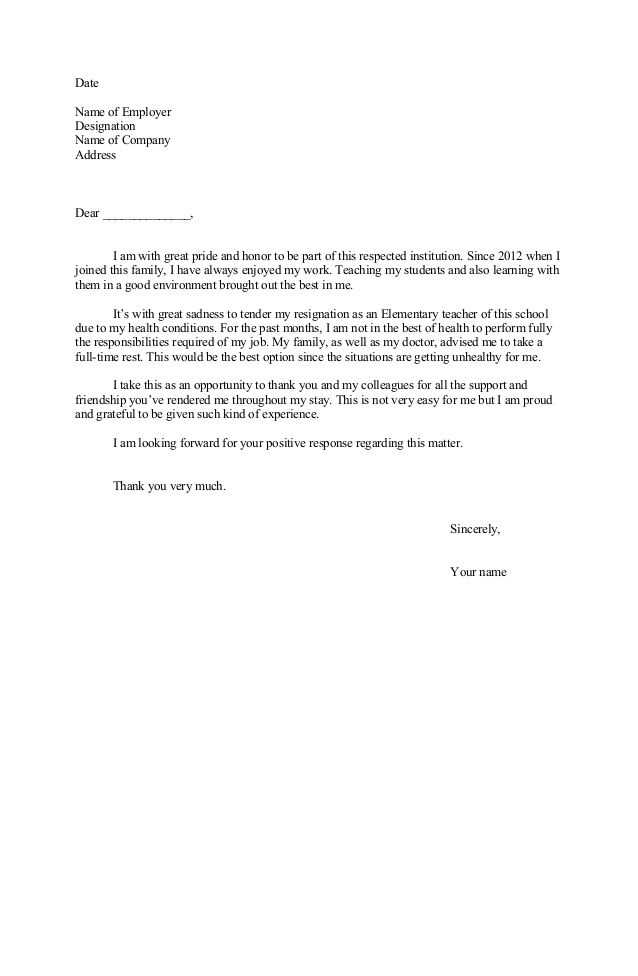
Sometimes, circumstances change unexpectedly, and a decision to leave a job may need to be reconsidered. Whether it’s due to personal reasons, a new opportunity, or a shift in perspective, retracting a previous decision can help preserve professional relationships and ensure the best possible outcome for both parties involved.
When choosing to remain with an employer after initially deciding to part ways, it’s crucial to communicate clearly and professionally. An appropriate response can help smooth over any misunderstandings and reinforce your commitment to the team and company.
In this article, we’ll provide guidance on crafting a response to undo your initial choice, outlining key components that should be included to ensure your communication is respectful and effective. Clarity and professionalism are essential in conveying your intent in a way that strengthens your position and fosters positive interactions moving forward.
Understanding the Need to Revert a Departure Decision
There are times when a decision to leave a role can be reconsidered, whether due to changes in personal circumstances, a new perspective on the job, or unforeseen events. In such cases, retracting the initial choice can be a practical step towards maintaining stability and preserving valuable professional relationships. Recognizing when and why it’s important to change your mind is crucial in ensuring that both your interests and those of your employer are considered.
Reasons for Changing Your Mind
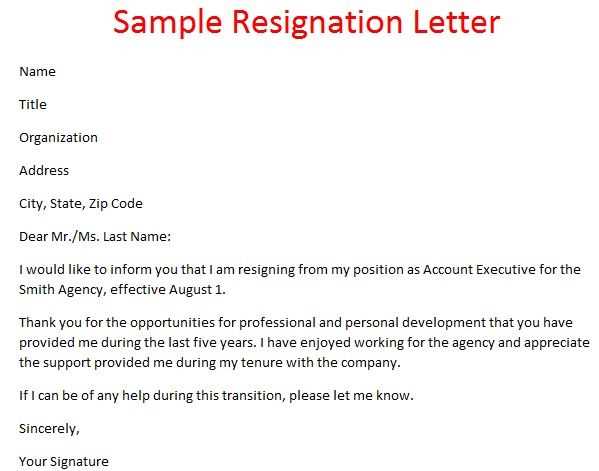
Many factors could contribute to a shift in decision-making. Personal situations such as family matters, health issues, or financial concerns may prompt someone to rethink their departure. Additionally, after careful reflection, one might realize the value of staying with the organization, especially if it offers opportunities for growth or aligns more closely with long-term goals.
The Professional Implications of Withdrawing a Decision
While reversing your choice may seem like an emotional decision, it can also demonstrate your commitment to your role and employer. By handling the situation professionally, you show that you are flexible, dependable, and focused on the success of the organization. Clear communication is key to ensuring that your decision is understood and accepted by all parties involved.
Key Elements of a Withdrawal Statement
When deciding to retract a previous choice to leave a job, it is essential to communicate your decision clearly and professionally. The message should include specific information that demonstrates your intent to remain in your position while addressing any necessary details regarding your initial decision. Crafting such a response requires careful consideration of tone, structure, and clarity to ensure it is well-received by your employer.
Clarity and Professionalism
First and foremost, your response should clearly express your desire to stay. Begin by referencing your initial decision, acknowledging the circumstances that led to your change of heart. Be transparent about your reasons without over-explaining, as this maintains the professional nature of the communication. Use respectful language to ensure your message is polite and free of any misunderstanding.
Expressing Gratitude and Commitment
It is important to show appreciation for the opportunities given by the employer and reaffirm your dedication to the company’s goals. Acknowledge the impact of your decision on the organization and express your readiness to contribute positively moving forward. Gratitude can help solidify your relationship with your employer and demonstrate that you are a team player committed to mutual success.
htmlEdit
How to Write a Professional Letter
Crafting a formal communication requires clarity, professionalism, and a structured approach. Whether you’re addressing an employer, colleague, or business partner, it’s essential to convey your message effectively. The right tone, format, and attention to detail make a lasting impression and help ensure your purpose is understood.
Understanding the Structure
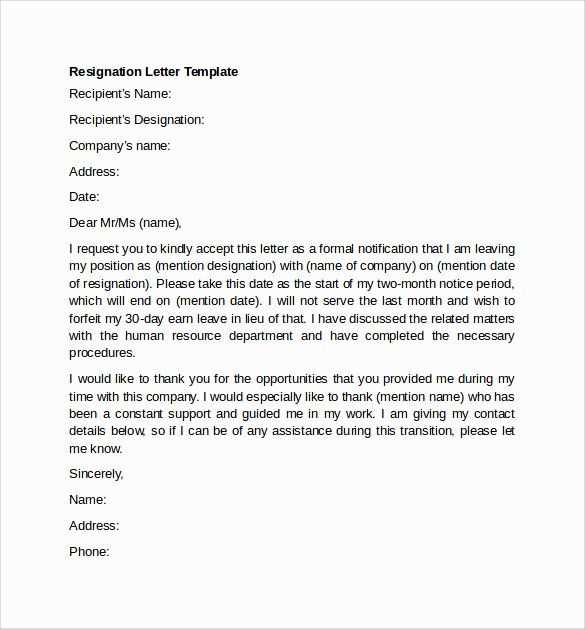
Begin with a formal greeting, such as “Dear [Recipient’s Name],” followed by a concise introduction. Clearly state the purpose of your communication in the opening sentences. Organize the body with well-structured paragraphs, each focusing on a specific point. Close with a courteous ending, such as “Sincerely” or “Best regards,” and include your contact information if necessary.
Maintaining a Professional Tone
Throughout your message, it is important to use formal language and avoid casual expressions. Be polite, respectful, and avoid overly emotional language. Your tone should reflect your professionalism and respect for the recipient, regardless of the situation.
htmlEdit
Important Considerations Before Submitting
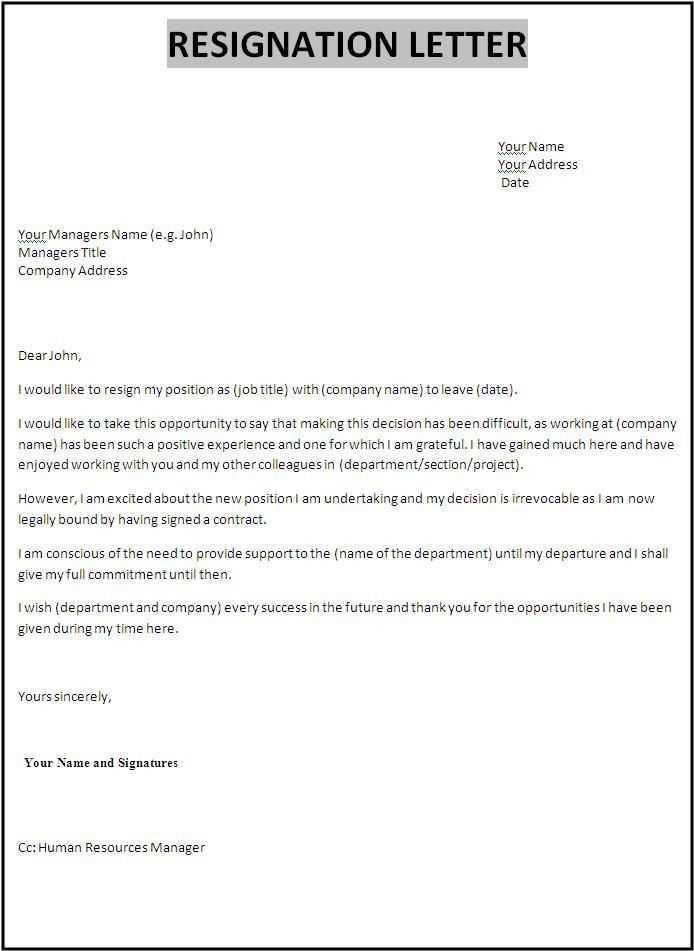
Before finalizing your communication, it’s crucial to reflect on a few key aspects that will ensure your message is professional and appropriate. Rushed decisions or poorly thought-out content can have lasting consequences. Taking the time to review your points and intentions will help you make an informed choice and present yourself in the best possible light.
Assess Your Intentions
Clearly define your objectives and the message you want to convey. Understanding your goals will guide you in crafting a communication that aligns with your needs. Be certain that your decision is final and that you’re prepared to follow through with the potential consequences.
Review the Timing and Impact
Consider the timing of your action and how it may affect both you and the recipient. Ensure that you are making your move at an appropriate moment, avoiding hasty actions that might cause unnecessary disruptions. A well-timed decision can lead to a smoother transition and a more positive outcome.
htmlEdit
Common Mistakes to Avoid in Your Communication
When crafting formal communications, it’s easy to make missteps that can undermine your professionalism. Certain errors can detract from the clarity of your message or create unintended misunderstandings. Being aware of these common pitfalls will help ensure your communication is effective and respectful.
Formatting Issues
- Neglecting proper structure, such as missing salutations or closing remarks.
- Using inconsistent font styles or sizes, which can make the content look unprofessional.
- Forgetting to proofread, leading to spelling and grammatical errors.
Tone and Language Missteps
- Using overly casual or informal language that may come across as disrespectful.
- Being too emotional or dramatic, which can weaken the clarity of your intentions.
- Failing to remain concise, leading to unnecessary verbosity or confusion.
htmlEdit
Impact of Retracting Your Resignation
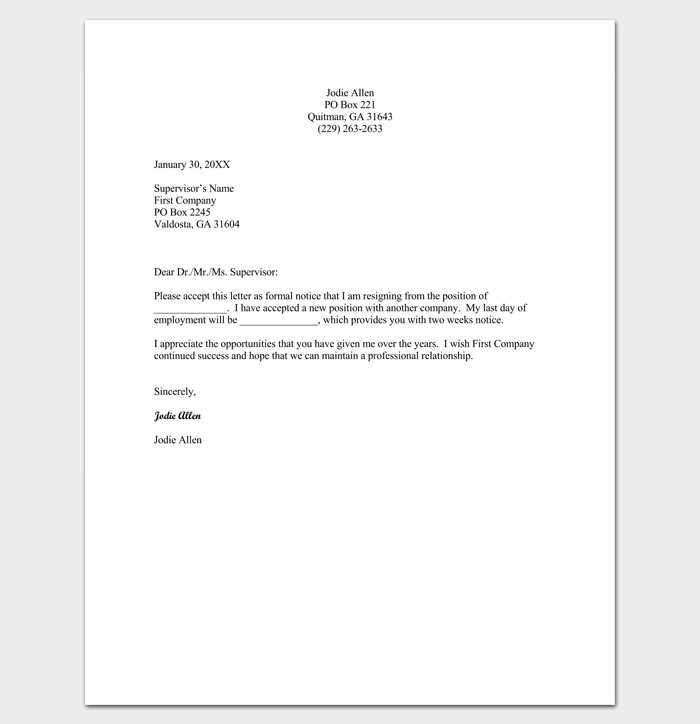
Reversing a previous decision to leave a position can have significant consequences, both positive and negative. While it may provide an opportunity to continue with your current role, it can also alter workplace dynamics and your professional reputation. Understanding these impacts is crucial before making such a decision.
| Positive Impacts | Negative Impacts |
|---|---|
| Opportunity to maintain job security and stability. | May create confusion among colleagues and management about your intentions. |
| Chance to reconsider career goals and adjust plans. | Risk of damaging trust with your employer, as it might be seen as indecisiveness. |
| Possible relief from immediate job search pressure. | Could lead to challenges in reintegrating into the team after initial departure plans. |